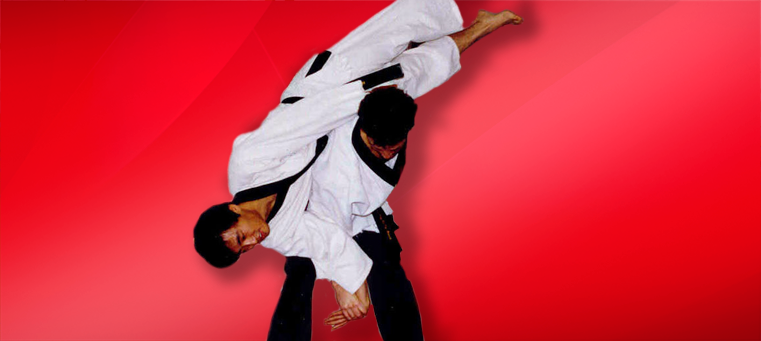Kickboxing is a Japanese hybrid martial art basically comprising of elements of punching and kicking. It was developed by adapting fighting techniques from Karate, Western boxing, and Muay Thai. It originated in 1960s in Japan and gained practitioners in America during the next ten years. By 1974, its popularity in the United States was symbolized with the first World Championship being held by Professional Karate Association. By the 1990s, with the addition of more ground fighting techniques adapted from Brazilian Jiu-Jitsu, it contributed to the development of Mixed Martial Arts.
Birth and evolution
Kickboxing is said to be an evolved version of Thailand’s martial art form Muay Thai. During the 13th and 14th centuries, the Siamese soldiers of Thailand practiced a kind of boxing known as Muay Boran. The martial art continued to develop as a combat system until the 19th century when it was popularized as a form of recreation, self defense, and physical fitness. It also evolved into a kind of sport event with rules and use of safety accessories including gloves. By the 1920s, the style was prominently known as Muay Thai.
Some years later, a Japanese boxing expert Osamu Noguchi came across the art of Muay Thai. He always wanted to develop a kind of fighting technique that had the soul of Karate but allowed full striking. After studying Muay Thai, he merged it with full contact techniques of Karate and boxing, which eventually became what we know today as Kickboxing. A few years later,
the first kickboxing organization, called Kickboxing Association, was formed in Japan. Today kickboxing is being practiced with a number of unique movements all over the globe.
The development of kickboxing
When kickboxing started emerging as a sport in the U.S. in the 1970s, fighters had to learn through a trial and error process. Most fighters came from Karate backgrounds and fighting full contact bouts highlighted certain shortcomings. The amount of energy required for kickboxing was enormous and they found they were not as fit as they had believed. Their punches and kicks were not effective enough and also they struggled to stay in the ring to fight 10 rounds. This was partly because the traditional martial arts schools taught students to pull back their kicks and punches and also contact sparring using gloves was extremely rare.
To improve the sport, kickboxers turned to fighting, training, and conditioning of professional Western boxing. They increased the number of rounds for sparring before a bout. They took up full contact sparring and took a lot of punches to their body, including head. This strengthened both their body and mind to endure virtually any kind of challenge on the ring. The sport became more powerful as the practitioners grew fitter and stronger. And thus, the dynamic modern version of kickboxing emerged into an action packed bout. It soon reached the international sport circuit and started expanding across the globe.
Unlike most other martial arts, kickboxing is about using your energy, agility, and reflexes to outmaneuver and dominate opponents over time, which is why its championship matches are always a treat to the spectators.


